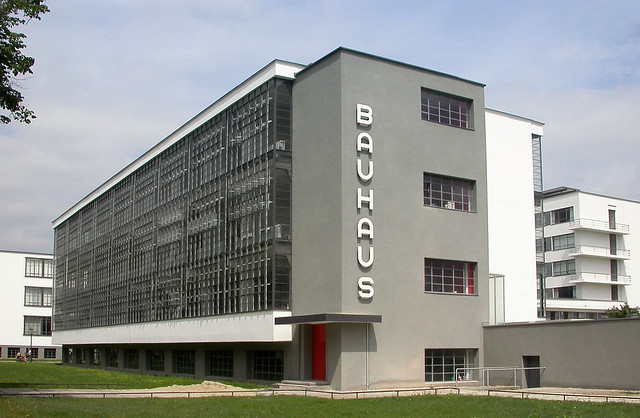The week of fashion we did revolved almost entirely on shape.
We were given templates for generic shirts and trousers and then drew around them in different ways to create new shapes. The focus wasn't really on designing things to wear that were practical but on creating a shape that caught your eye.
We cut, folded and pleated our shapes until we were happy. Here's how mine turned out:
The thing that struck me most was the idea that things look better when they aren't too complicated. Too much detailing is a bad thing, less is more and all that.
Nextly
(and I realise that is not a real word)
We took our shapes and tried them out on child size mannequins. I put a few extra darts into my shapes and created new shapes that worked very well, namely the big curly thing at the front and the over-the-shoulder erect collar type thing.
Very technical stuff.
Following those little experiments, I started to assemble a larger version of my shapes onto a full size mannequin whom I named Kate.
Above and below are an 'in-progress' shots of Kate the mannequin with just the over-the-shoulder collar/wing and the curled tube thing. I thought that the contrast between the simplicity of the 'wing' sweeping backwards and the little section of detail coming down the centre sort of encapsulated what I had discovered with the flat shapes earlier:
Detail works only in a sea of simplicity.
And so I went on in my fabulously contradictory way to create something horribly over detailed and totally lacking in any big simply, striking shapes.
But I must admit, I liked the back of it.
And that is because my chaotic brain allowed me to retain some areas of calm.
So lesson learned I hope.
After designing through making, I began to refine my ideas in drawings considering the importance of fashion illustration.
Close-up observational drawings from my model:
Tracing paper became invaluable. I'd draw my garment very roughly in black fine liner, then trace it more neatly, correcting mistakes. Once I was happy with that, I'd trace it again in biro.
Front:
Back:
From there I started designing new garments using parts of my 3D piece and rotating them, changing the size of them of the shape itself.
I began adding in figures to add to the character of my designs. This design took on a very striking and futuristic appearance with the overall diagonal shape to it (which I gradually developed) and the severe modern bob hair cut on the model.
In contrast, this has a funky tribal thing going on because on the huge afro, stripe motif and big beaded necklace (though it's not a necklace, it'd be part of the garment.)
This was my favourite of my micro-collection, because it's kind of silly but not ugly. Just about wearable but definitely not conventional.
Fun, I think the word is.






















































